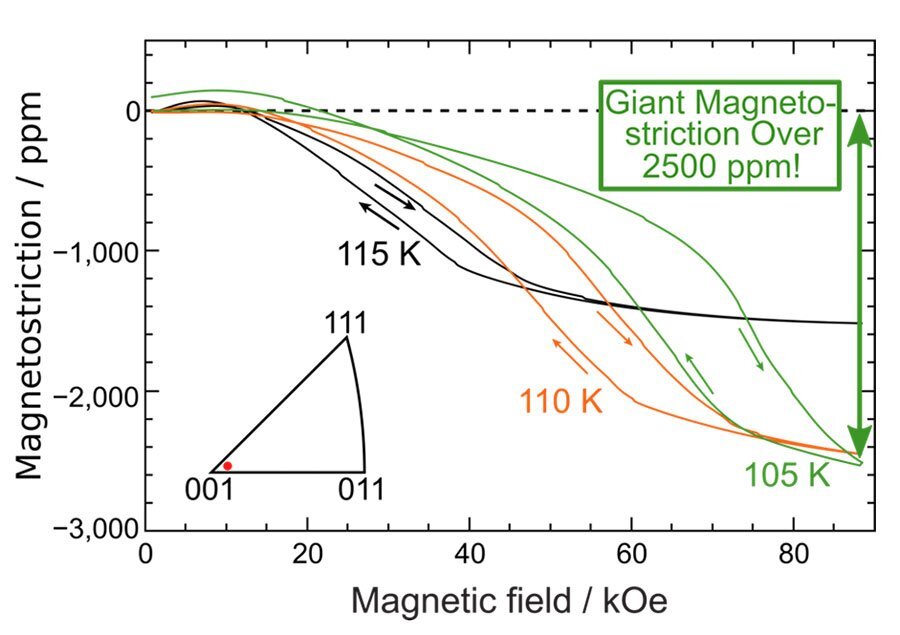Shape memory alloys (SMA) remember their original shape and return to it after being heated. Similar to how a liquid transforms into a gas when boiled, SMAs undergo a phase transformation when heated or cooled. The phase transformation occurs with the movement of atoms, which is invisible to the naked eye.
SMAs are utilized in a diverse array of applications, including as actuators and sensors. However, the need to cool or heat SMAs means there is a delay in their phase transformation.
As a recently invented type of SMA, metamagnetic shape memory alloys (MMSMA) negate this energy loss, even at low temperatures, developed by scientists.”>limited response rate due to their ability to undergo phase transformation when exposed to an external magnetic field. Yet to date, MMSMAs have failed to solve another common problem with most SMAs: the fact that they lose a large amount of energy when phase transforming, and this worsens substantially in low temperatures.
Now, a research group from Tohoku University has made a significant breakthrough by developing a palladium-based (Pd) MMSMA that exhibits low energy loss. Even at low temperatures of about 100 K this energy loss was lowered to only about 1/100 when compared to existing MMSMAs. Details of the group’s research were published in the journal Advanced Science on June 13, 2023.
“We were astonished at the small energy loss in our new Pd-based alloy. Thus, our study also sought to answer two questions. How does the energy loss behave when the temperature lowers even further, such as at the liquid-helium temperature (4.2 K), and why did our material exhibit such a small energy loss?” said Xiao Xu, corresponding author of the paper and assistant professor at Tohoku University’s Graduate School of Engineering.
2023-06-13 09:00:04
Post from phys.org



















